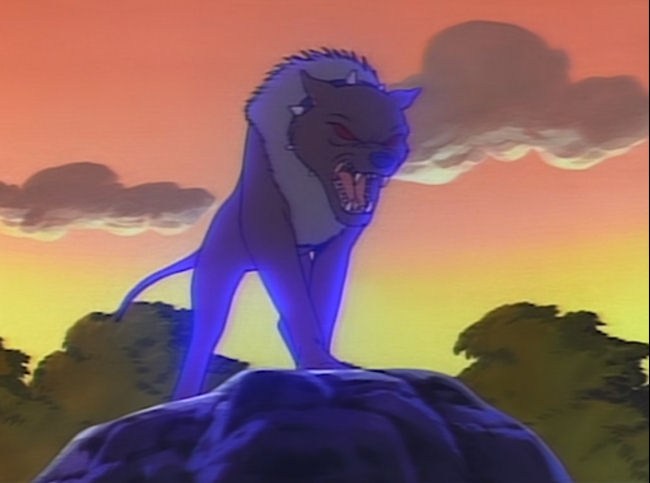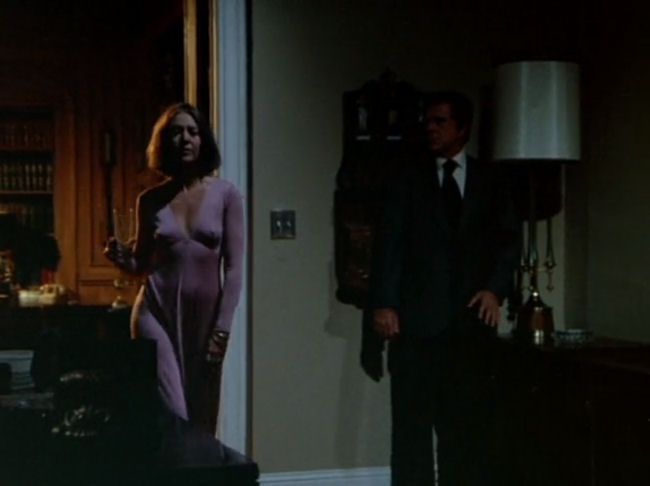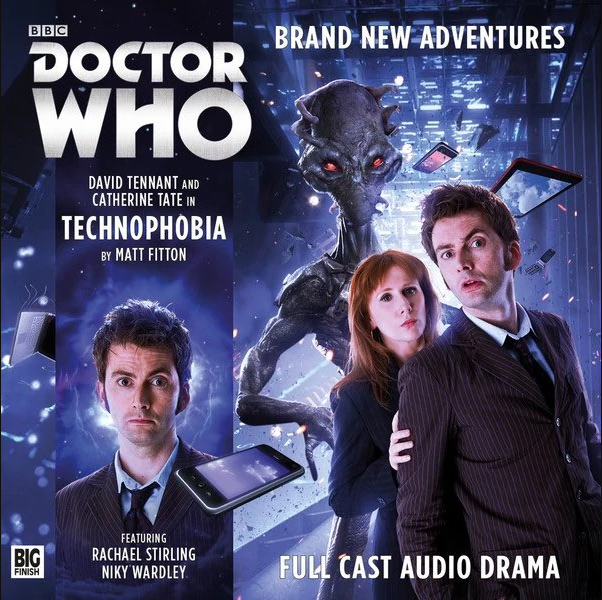
It's almost impossible to make an apolitical Robin Hood movie--the basic concept of someone robbing from the rich and giving to the poor leads the mind along all the inevitable topics for political discussion and philosophy--the rights of citizens, the rights of the government, the powers of each, and the permissible times to transgress them. So Disney's own 1973 Robin Hood couldn't avoid the issues as they did with The Aristocats. One wonders if it was reflecting on that film that led the makers of Robin Hood to show economic hardship and oppression so clearly. Yet it never becomes too complicated for a child viewer to appreciate and the film is populated by engaging characters. This film has garnered criticism in recent years for its recycled animation--some of it even from as far back as Snow White--but Robin Hood has plenty of its own material.
I loved this movie when I was a kid. I watched it over and over and sang the songs to the alternating bemusement and irritation of my family. I was too young to know how strange it was for the film to use an American folk country sound for its songs performed by Roger Miller in the role of Alan-a-Dale. Now that I'm older and have seen many films from the 1970s it's easy to see how it would have made sense to the filmmakers. Disney films were generally of their time, musically--the songs in most of their animated films fit with the style of most of the live action musicals produced at the same time. The 1970s saw an increase of a country sound in movies as the counter-cultural movements of the 1960s transformed into something more individualist. Films like Vanishing Point, Pat Garrett and Billy the Kid, and Convoy portrayed misfit, handsome outlaws whose own doomed, illegal bid for personal freedom somehow seemed to liberate those who were in physical or spiritual proximity.

Obviously, Disney was never going to go anywhere nearly as dark as some of those films. A more apt point of comparison may be Smokey and the Bandit, a film whose hero also has a merry temperament--and an oversized comrade to boot.

Phil Harris returns for his third Disney film in a row, this time essentially playing Baloo again, inhabiting the role of Little John. And why not? Sure, it means it was easier for Disney to recycle animation but there's plenty of new material and Harris, his role in Aristocats notwithstanding, has a natural warm, distinctively American charisma that fits well with the emerging loner outlaw archetype.

Where The Jungle Book was about finding a community for a young boy in a world that, like 1960s western culture, was destabilised and filled with people eager to experiment, Robin Hood is more about a very old, established community temporarily under the rule of a corrupt, illegitimate king. Figures of established, traditional authority like Friar Tuck (Andy Devine) and Lady Kluck (Carole Shelley), speak with knowing wisdom about the eternal qualities of human nature. Prince John is portrayed as ridiculously self-absorbed and showing a tendency to lapse into comically childish behaviour. He, and his companion, Sir Hiss, are the biggest stars to the film, being voiced by Peter Ustinov and Terry-Thomas, respectively.

One of Ustinov's best known roles was that of Emperor Nero in Quo Vadis while Terry-Thomas was a famous character actor known for a long string of ridiculous, uppercrust Englishman roles, excelling at portraying such a pure example of selfish decadence that he was always a particular delight to see getting knocked down.

He and Ustinov have a comedic chemistry that is easily one of the film's greatest assets. Ustinov dives into his character's ludicrous hubris without restraint and Terry-Thomas is a consummate sycophant. He can barely suppress irritation at his master's unwise behaviour in being fooled again and again by Robin's disguises yet he is devoted without hesitation, seeming truly heartbroken when John orders him out of the box during the archery tournament.

Whether or not these two were in any way conscious parodies of Nixon and is administration isn't clear. Perhaps by this time lampooning the ridiculous state leader had simply become instinctive.

Robin Hood stories can't avoid being political but tying an existing political faction or philosophy to him can be illuminatingly difficult. Redistributing wealth seems obviously socialist but rebelling against draconian tax policies is a classic of the right wing. Then we had the fact that, while Robin may speak treason "fluently", as the famous line from the Errol Flynn version goes, he usually only does so because of his persistent loyalty to the rightful king. His political motives are strikingly clear at the same time that they are ambiguous enough to make him a suitable champion for either side. This may be the inevitable result of his folklore origins in which his character was crafted more as a response to the hearts of the peasant audience looking to be entertained by imagined transgression than by theorists looking to prescribe solutions to social ills.

The 1938 version, filmed and released during the Great Depression, features Robin Hood providing shelter in Sherwood Forest for the sick and destitute. The Disney version has Robin Hood delivering his reappropriated money directly to the homes of Nottingham citizens.
There's no reason the characters shouldn't sound American since American cultural heritage is in large part identical to the modern English person's if we go as far back as the twelfth century. But even so, one wants Robin Hood at least to sound English so Disney wisely cast an Englishman in the role. Brian Bedford is appropriately merry and dashing and his performance is complemented by nimble, acrobatic animation.

Maid Marian (Moniva Evans) is also English and also a fox and the two have a nice chemistry. Their dialogue is amusingly giddy during the melee at the archery tournament. In this version, Robin and Marian had been acquainted and had fallen in love long before the events of the film and their romance only awaits the formality of a kiss and marriage.
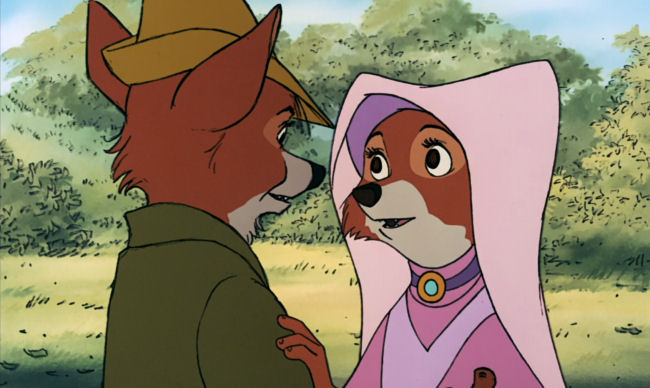
The reason for the film to take this route has to do with the brilliantly animated child characters through whom we're introduced to Maid Marian. Led by a small rabbit boy, the children also already idolise Robin Hood and they listen attentively as Marian as she tells them a little about the great man. She gamely plays herself in a role play with the rabbit boy playing Robin Hood, even going so far as to kiss him, much to his chagrin.

Despite the scenes of Nottingham citizens in debtors' prison or suffering at home, Marian is as tranquil as Robin is confident and merry, as though the both of them are already living in a time when their adventures are in the distant past. They're living legends.
The helpless, drifting mortals of Easy Rider or The Jungle Book are replaced by a need for the certain, if disenfranchised, hero. Instead of creating a new way of life, or new government, now stories reassure audiences that there is an older truth that will save the day. The problem isn't the old authority but new authority masquerading as old authority.

Prince John and Sir Hiss are amusing and sometimes even threatening, as when John actually does see through Robin's disguise, but the Sheriff of Nottingham is genuinely disturbing. He may not have been intended to be but he's introduced casually strolling through town and collecting taxes with such a lazy, self-assured manner that he essentially takes the place of Robin Hood, not of Prince John. In the first scene, Robin Hood and Little Jon are able to pilfer Prince John so easily because they're confident and smart. Now we see the Sheriff with similar confidence and smugness as he finds coins hidden in the cast of a dog's broken leg.

A lazy, swaggering authority, he's more competent than Jackie Gleason in Smokey and the Bandit or Dom DeLuise in The Best Little Whorehouse in Texas. Fear and suspicion of the cop would seem to outweigh fear and suspicion of the head of state, possibly because a cop is someone people are more likely to directly encounter. So the wolf may be scarier than the lion.

One of the most immediately noticeable differences in this movie compared to its predecessors is a depiction of a world of animals behaving as humans. The advantage this grants the animators, who often complained about the tedium of drawing realistic humans, is clear. It also allows for a number of gags, particularly with Sir Hiss, who can easily be stuffed into a barrel or a balloon to become a makeshift helicopter.

Yet films of this kind remained uncommon afterwards. Maybe because animals can simply never be as attractive as humans. Unless you're a Furry, it's not really appealing to imagine a romance with a fox.
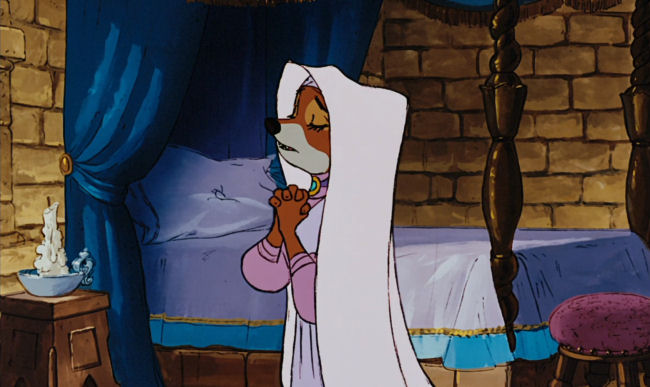
The most disappointing thing about Robin Hood is its background art which finally seems to have caught up to the xerox animation process with its own mediocrity. Well, they're not so bad, really. It's just that they're not gorgeous like they were in every Disney movie that preceded Robin Hood, excepting portions of 101 Dalmatians and The Sword in the Stone. Things definitely seemed to be getting worse.

My love for the movie as a child was related to my love for Robin Hood in general. Somehow I never had a chance to see the 1938 film until I was in my 20s. Having now seen several films and television series based on Robin Hood, I can say the 1938 film is definitely the best, but the Disney version will always be my first.














